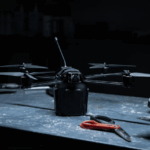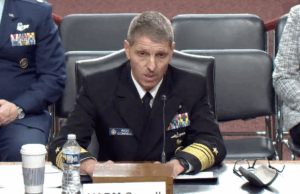
If the Navy wants to improve the speed at which it fights wars in the future, it needs to change its focus from procuring physical platforms to procuring capabilities, according to a key admiral.Deputy Chief of Naval Operations for Warfare Systems Rear Adm. Michael Manazir said Friday the service’s platforms are optimized to work in the physical environment. He provided the F-35, submarines and high-end ships as examples. But warfare in the future will be waged with information, Manazir said,…













